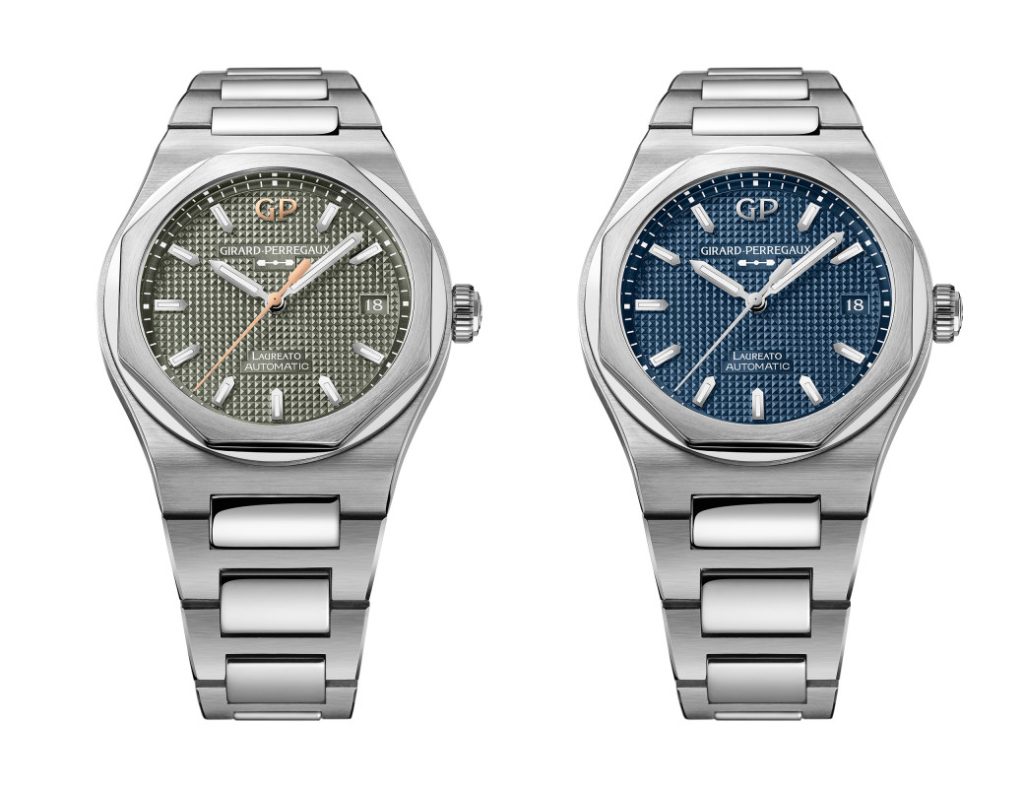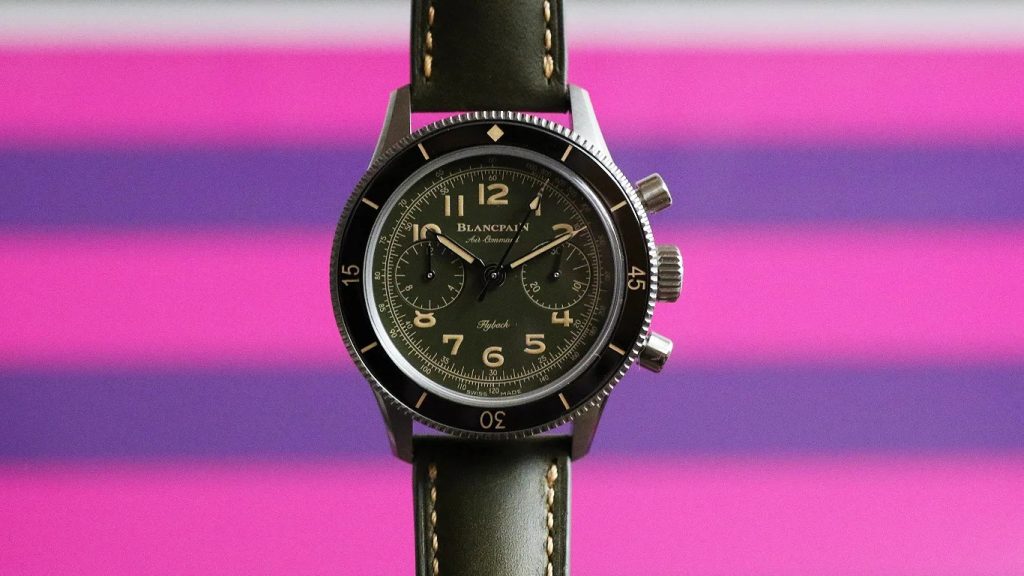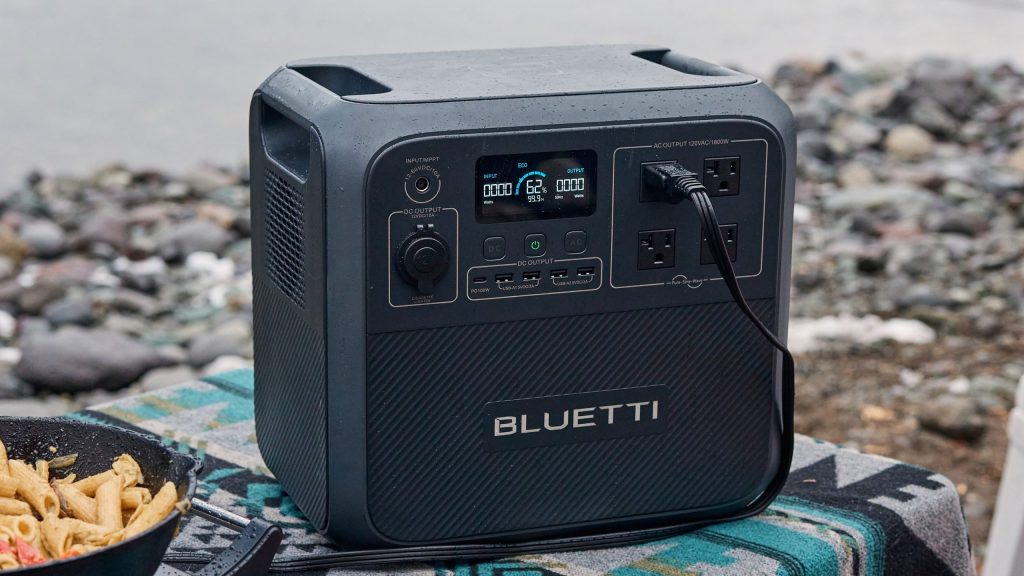It’s easy to get distracted by what you want in a car: massaging seats, low range four-wheel-drive, a stereo with more speakers than Madison Square Garden, enough power to alter the earth’s axis. But beneath all those wants lie the needs — the basic building blocks of transportation that drive us to buy these expensive products.
Those needs, rather than wants, are what drive (no pun intended) folks at the lower end of the market — and in a very real sense, these are hard times for people looking to buy an affordable new car. The rise of the pickup truck as family transportation and the eternally growing popularity of the sport-utility vehicle, supercharged by a (recently ended) decade and a half of low interest rates and easy financing, have pushed automobile prices to new heights, all but shattering the market for conventional family cars.
Every coin has two sides, though. It’s also easy to make an argument that these are great times for affordable car buyers. Sure, options may be more limited, but the ones that remain are safer than ever, perform better than ever and packed with more features than ever — including many that were either the provenance of luxury cars or just plain science fiction back in the heyday of affordable four-wheeled transport.
The current Honda Civic is perhaps the best example of this. You can buy one with automatic headlights, active cruise control, lane departure prevention and automatic climate control for $25,045 out the door; or, for $46K, you can have the finest front-wheel-drive performance car ever made, a car that can outrace the original R35 Nissan GT-R or a last-gen Porsche 911 Carrera S around a track yet still seat four adults and deliver a pleasant ride. But don’t forget about the Mazda 3, Chevrolet Trax, Toyota Corolla and VW Jetta — the latter of which you can score with a stick shift and a limited-slip diff for under $24,000.
The latest entrant to this ever-shrinking, ever-improving category is the 2024 Subaru Impreza. Thoroughly refreshed to sync up with its fraternal Crosstrek twin, the new version boasts sharpened styling, upgraded infotainment and other updates to try and bring it to the front of the class. To find out how well those changes represent themselves in the real world, I took the top-trim Impreza RS out for a several-day spin around the greater New York area. Here’s what I discovered.
2024 Subaru Impreza RS: What We Think
The Impreza RS’s combination of hatchback versatility, all-wheel-drive traction, handsome styling and ample features would make it a solid car for many buyers regardless of price, but the fact that it packs all that for well under $30,000 elevates it to an excellent choice. It’s safe to say it sits neck-and-neck with the Honda Civic at the top of the affordable car pack these days.
The Impreza RS is the trim to buy
The 2024 Impreza lineup stretches three trim levels deep, but unless you’re really looking to stretch your dollar as far as possible, the RS is the one to choose. One reason dominates: it’s the only one of the Imprezas with the 2.5-liter flat-four engine that packs 182 horsepower and 178 lb-ft of torque — increases of 20 percent and 23 percent, respectively, over the 2.0-liter four found in the lesser base model and Impreza Sport variants.
The engine gives the RS a decent amount of shove in everyday driving; it’s not going to win many drag races, but with just 3,275 pounds of car to push around, it’s enough to zip through traffic, assuming you don’t mind exercising your lead foot and keeping the CVT humming. Subaru’s continuously variable slushbox has banished most of the rubbery feel and other unpleasant driving traits found in past examples of the breed, but if you’re still sad the Impreza no longer offers a manual gearbox, the paddles on the wheel enable you to play Max Verstappen (albeit at one-tenth speed).
 Photo by Will Sabel Courtney
Photo by Will Sabel CourtneyAnd while it’ll never be confused with either Verstappen’s Red Bull car or Travis Pastrana’s Huckster, it’s still possible to have some fun behind the wheel. Imprezas have always had a pleasant degree of nonchalant chuckability, and the direct steering, ample grip, well-sorted suspension and brake-based torque vectoring (just like a McLaren 750S) help continue that tradition here.
It’s nice to see, as the letters “RS” pack a fair amount of cultural cache at Subaru. On the Impreza, they’ve been used to signify hotted-up versions adorned with wild paint jobs, borderline-excessive vents and Boeing-worthy wings out back. This RS doesn’t really live up to that brief; its conservative looks are a far cry from the spoiler-toting, blue-hued beasts of the late 20th Century. (That’s doubly true in the case of my white test car, which looked like nothing so much as a bar of Ivory soap with its edges shaved off from being dropped in the shower.)
Still, I won’t begrudge Subaru dusting off another old performance name here. At least this RS really does have a bigger engine than its counterparts.
The features list is impressive
Remember how I started this story off talking about what buyers need in a car versus what they want? Well, the Impreza RS manages to not only offer the basics people demand in personal transportation, but also stick a whole lot of nice add-ons into the mix too.
Spring for the RS, and on top of the bigger engine, you’ll also nab: an iPad-sized portrait-style 11.6-inch infotainment screen, heated seats, blind spot warning, front and rear USB-A and USB-C ports, wireless Apple CarPlay and Android Auto, active cruise control, and the comprehensive EyeSight system that packs everything from active emergency braking to lane departure warning and lane keeping.



